When I moved up from Kindergarten to 2nd grade, I discovered something a little shocking: not all of my 2nd graders were able to retell stories! Since we worked on that skill so much in Kindergarten, I assumed that kids would have mastered it by 2nd grade. But…not so much.
As I found out, retelling is something that kids have to practice again…and again…and again. But how do you keep it interesting if students must practice retelling year after year? In this post, I’ll describe 7 engaging ways to practice retelling – that won’t put your students to sleep!
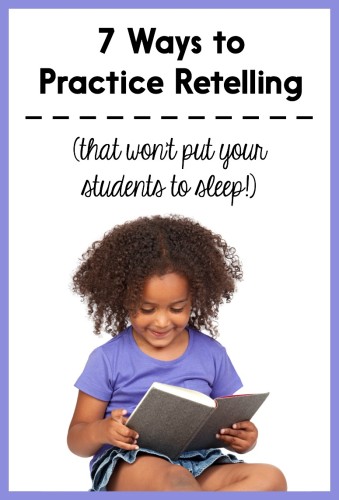
1. Give students a purpose for retelling.
Kids need to understand why we’re asking them to do things, and retelling is no exception. When I talk about retelling, I use language like:
- “Retelling is a great way to share information about a text with other people.”
- “Retelling is a good way to remember what you’ve read and check to make sure that you really understand a text.”
- “If you just finished this story and wanted to tell your friend all about it, what would you say to explain the most important parts?”
- “If your Mom/Dad asked you what you were reading about, what would you say about the beginning, middle, and end?”
2. Provide a predictable structure to set students up for success.
Having kids “mentally organize” the parts of a story makes it easier for them to retell it. You can teach them to think about beginning, middle, and end, and have them write or draw a picture for each part (graphic organizer from my retelling unit for K-1):
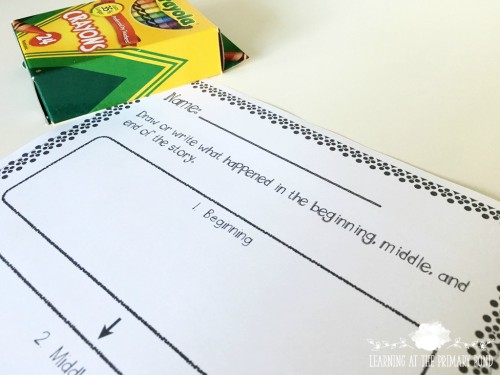
I’ve also seen teachers use a structure called “Somebody-Wanted-But-So” to help students structure their retellings. You can read more about that strategy here.
3. Let kids practice retelling in ways that respect their individual preferences.
Some students may want to draw, write, or talk it out with a friend. As long as they all arrive at the same place (learn to retell a story), why not let them choose how they get there? Providing choice is a great motivator, too!
(Another idea – if you want to have the whole class create an illustrated retelling, grab some butcher paper and have them create a class mural to retell a story.)
4. Provide props.
How much more fun is retelling when kids get to use props?! One of the first retelling activities I do in Pre-K or Kindergarten is to read Brown Bear, Brown Bear, What Do You See? (Martin & Carle) and have students retell it using craft stick puppets.
To create the puppets, I adhered a picture of each type of animal to a large craft stick. Students took turns retelling (using the props) as a whole class, and then I set it up as a center.
Stuffed animals and other “realia” are also fun for retelling. In Kindergarten, we often read a big book multiple times throughout the week, and then students got to use props to retell the story on Friday.
If you have a flannel board in your classroom, students can practice retelling using felt pieces. I have a tabletop dry erase board that also has a flannel board side, and I totally love it! You can check it out here:
5. Use photos.
A couple of the basal reading series I’ve used came with photos for retelling. Even if you don’t have access to these types of materials, you can create them yourself! Use your phone or tablet to take photos of different illustrations in the story (just make sure that you don’t distribute or sell the images – that would be violating copyright!).
You can then print the images or display them on an interactive white board. Have students put them in order, and then retell the story from those photos.
6. Use sticky notes.
I have never met a child who doesn’t love sticky notes. Put kids’ obsession to sticky notes to good use, and use them for retelling activities!
You can give young students 3 sticky notes and have them draw a picture for the beginning, middle, and end of a story. Children who are beginning to read chapter books can write a few notes about each chapter and place them in their book as they read. When they finish the book and it’s time to retell the story, they can take out the sticky notes and use them as the basis for their retelling.
7. Try a retelling rope or bracelet.
Using a retelling rope or bracelet is a fun, hands-on way to help kids practice! These activities have students physically touching and moving small items as they retell different parts of a story.
To read more about making a retelling bracelet (it’s so simple!) click here. To read more about using a retelling rope (and get some free printables), click here.
FREEBIE!
I hope these ideas are helpful to you! If you’d like examples of complete reading lessons for Kindergarten, 1st grade, and/or 2nd grade (a whole week’s worth for each grade!), grab your freebies here.
And…if you’re looking for complete lessons that guide students with retelling, main idea, and story elements, check out my unit (for K-1):
Do you have any great retelling strategies to add to this list? Please comment below!
Happy teaching!
Disclosure: This post contains Amazon affiliate links.

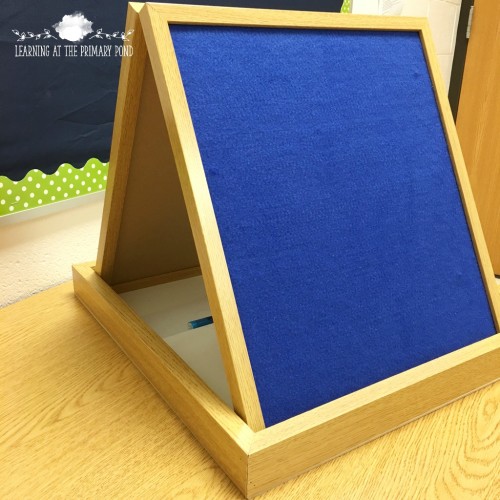
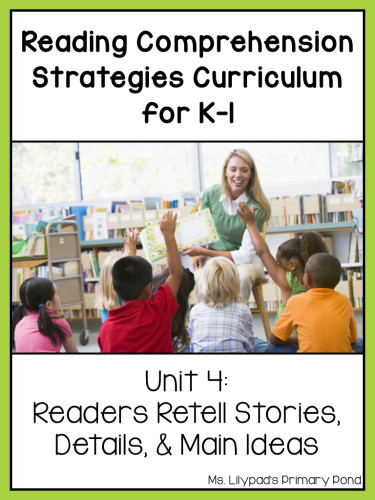
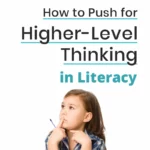
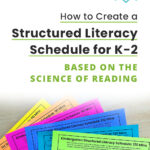
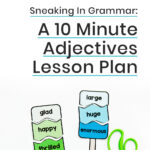
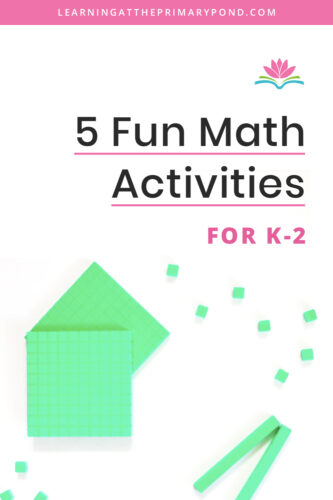
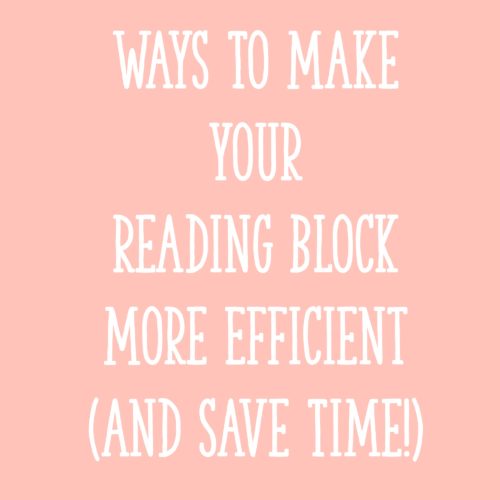
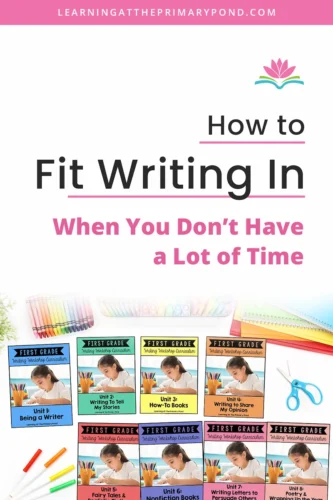






Thank you so much!!!This is very useful…